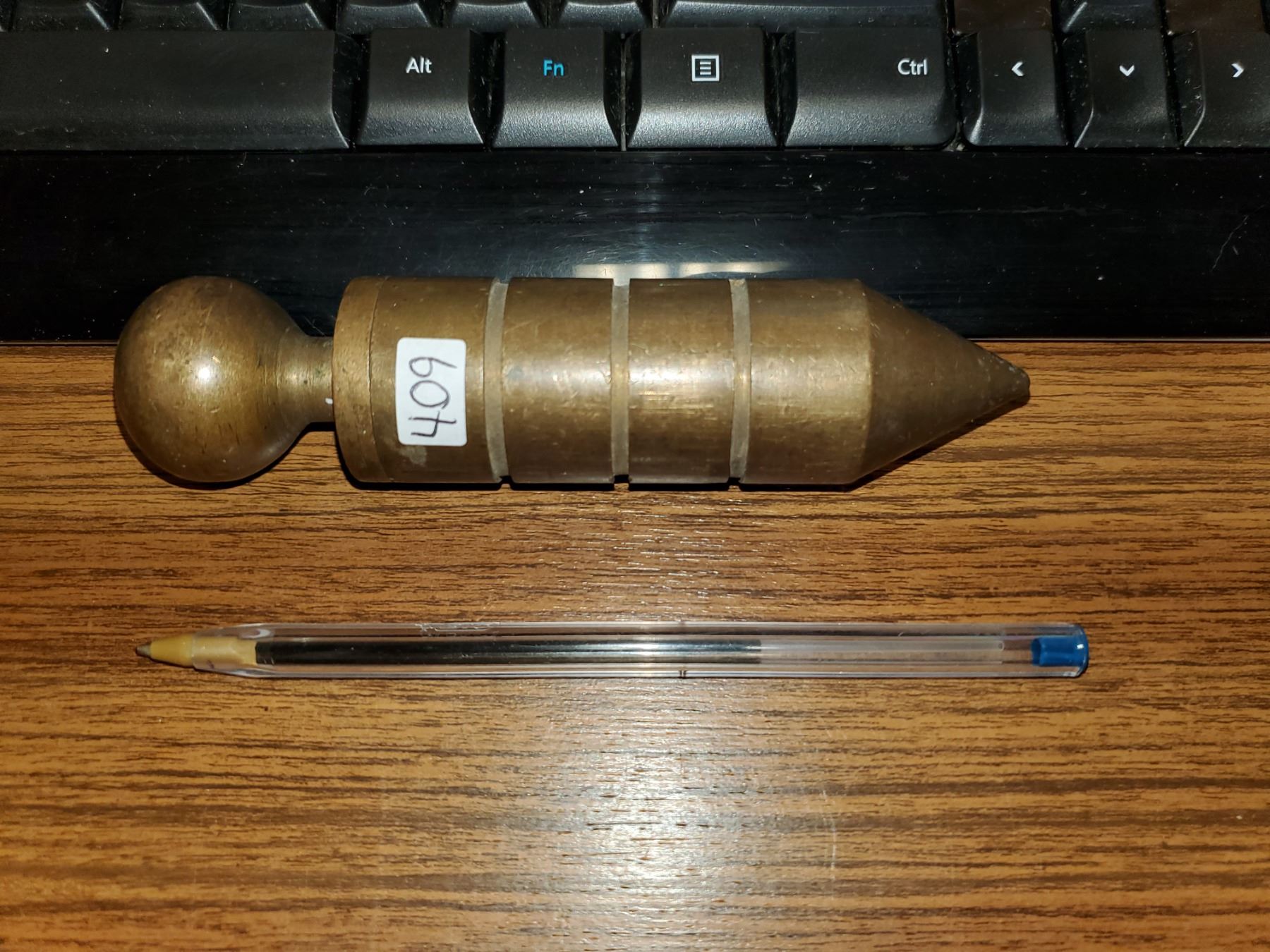

Water levels use plastic tubing and cylinders of water to measure level over longer distances than could be achieved with a simple bubble level.(More on that below.) Other types of levels You can also use spirit levels to check if something is plumb, as these tools measure both level and plumb. Tip: When you are holding a level, make sure it is on or against a flat surface, such a wall or flat straight boards, to ensure accuracy.
#Plumb bob tricks how to#
Learn more about the most important construction tools-and how to use them safely-in MT Copeland’s online class, taught by professional builder and craftsman Jordan Smith. You’ll need just a bucket or wheelbarrow to mix the concrete and a trowel to smooth it in place.A spirit level is only one of the essential tools you’ll need on a construction site. Live in an area that gets a lot of rain? Instead of filling in the top of the hole with soil that could hold moisture at the base of your fence post, add a little more concrete to divert rainwater away from the post and protect it from rot at ground level. Don’t allow the posts to touch the strings-maintain the 1/8-inch gap, and your fence should be in line and level with the first two. Repeat Steps 4 through 10 while your assistant holds each post in place.To set the subsequent posts, position each post in its hole, keeping it 1/8 inch away from both the top and bottom strings.Push the strings outward, toward the heads of the nails, to create a string guide that’s 1/8 inch away from the posts. Run two strings taut between the posts, one on the upper set of nails and the other on the lower set of nails.Leave the heads of the nails sticking out 1/8 inch from the posts. Insert two nails into the outer side of each end post, one six inches from the bottom and the other six inches from the top.Dig all the postholes and then set just the two end posts following the step-by-step above.To get started, you’ll need a hammer, nails (8d is a good size), and resilient string or twine. When installing multiple fence posts in a straight line, the simplest way to guarantee professional results, with all posts level and perfectly aligned with one another, is with a string guide. Photo: Tips to Keep in Mind Creating a String Guide: It will tell you exactly how many bags of mix you’ll need to set for standard post sizes and hole diameters.

If you don’t want to do the math, enter the depth of the hole into the Quikrete Fast-Setting Concrete Mix calculator. So, to fill a 30-inch-deep hole that is 12 inches in diameter, you’ll need five bags of Fast-Setting Concrete Mix. STEP 8Ĭontinue filling the hole with the dry fast-setting concrete mix until the mix sits approximately three inches below ground level.Ī 50-pound bag of mix will make approximately 0.375 cubic feet of concrete. Keep the post upright and centered as you fill the hole, but do not lift the post-if you do, you’ll have a tough time getting it back to the gravel bottom. Then, pour dry Quikrete Fast-Setting Concrete Mix into the hole, getting an even amount around all sides of the post. Grab your work gloves again and also put on protective eyewear and a dust mask-pouring dry concrete mix is a dusty job, and you don’t want to inhale it or get it in your eyes. So, if you’re installing standard four-inch-wide treated wood posts, the holes will need to be 12 inches in diameter. The minimum recommended diameter is three times the width of the posts. Make the holes wide enough to fill with concrete. After you determine how deep the hole should be, add six inches to allow for the addition of gravel in the bottom. The standard rule of thumb is to bury at least a third of the length of the fence post in the ground (half is better), but local building codes may require a minimum depth, such as 30 inches, so check with your local building authority before you start.
#Plumb bob tricks manual#
STEP 2ĭig the postholes using a manual posthole digger or an auger. If you’re using treated wood, select the straightest posts you can find to avoid running into problems. The good news? You don’t have to! With a surprisingly low-effort product from Quikrete and the following technique, you’ll avoid the mess and your fence posts will be able to withstand virtually anything Mother Nature dishes out.įor a fence, it’s imperative to start with posts that are arrow-straight. This isn’t an issue with metal posts, but wood posts have a tendency to twist or warp slightly.

Good fences start with good foundations. Installing fence posts in place with concrete is the best way to guarantee that they remain upright and unmoving, but you might not relish the idea of mixing batch after batch of concrete to fill each posthole.


 0 kommentar(er)
0 kommentar(er)
